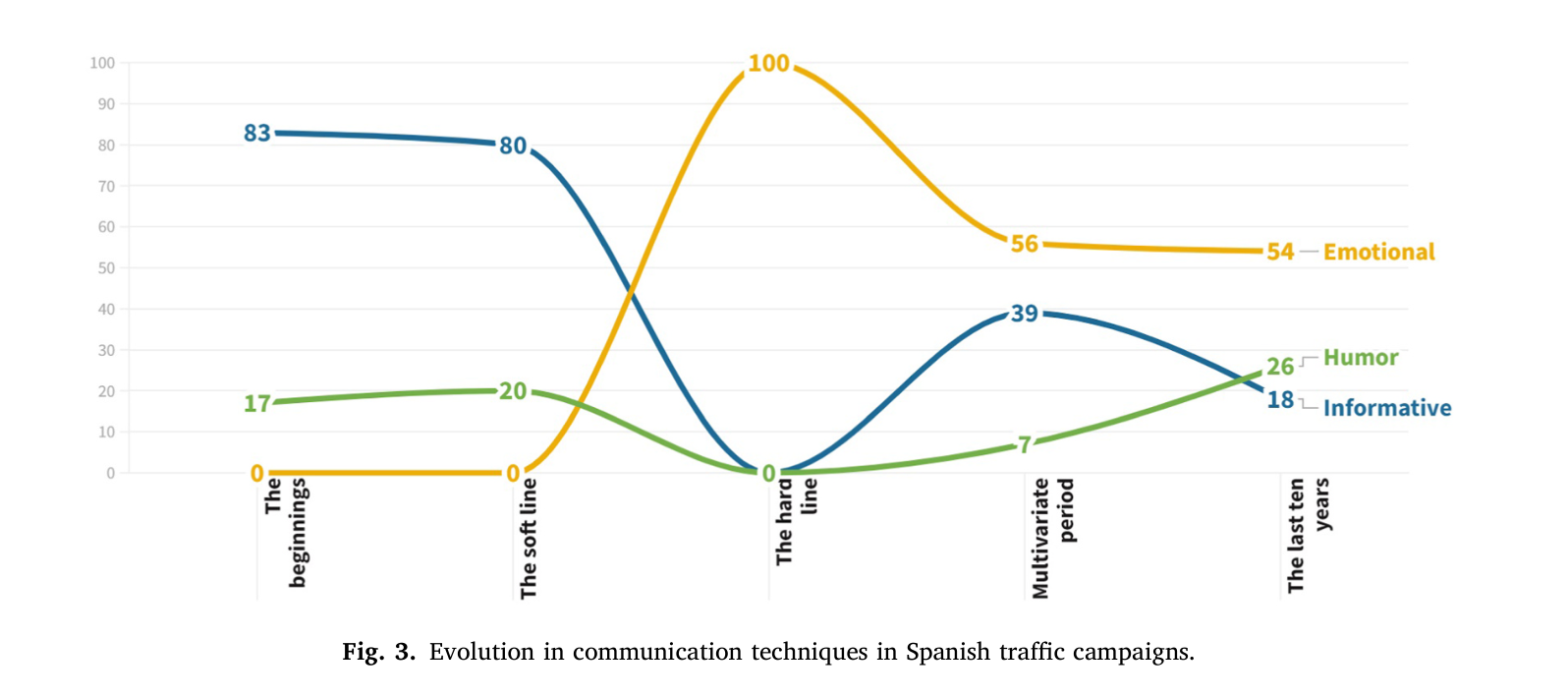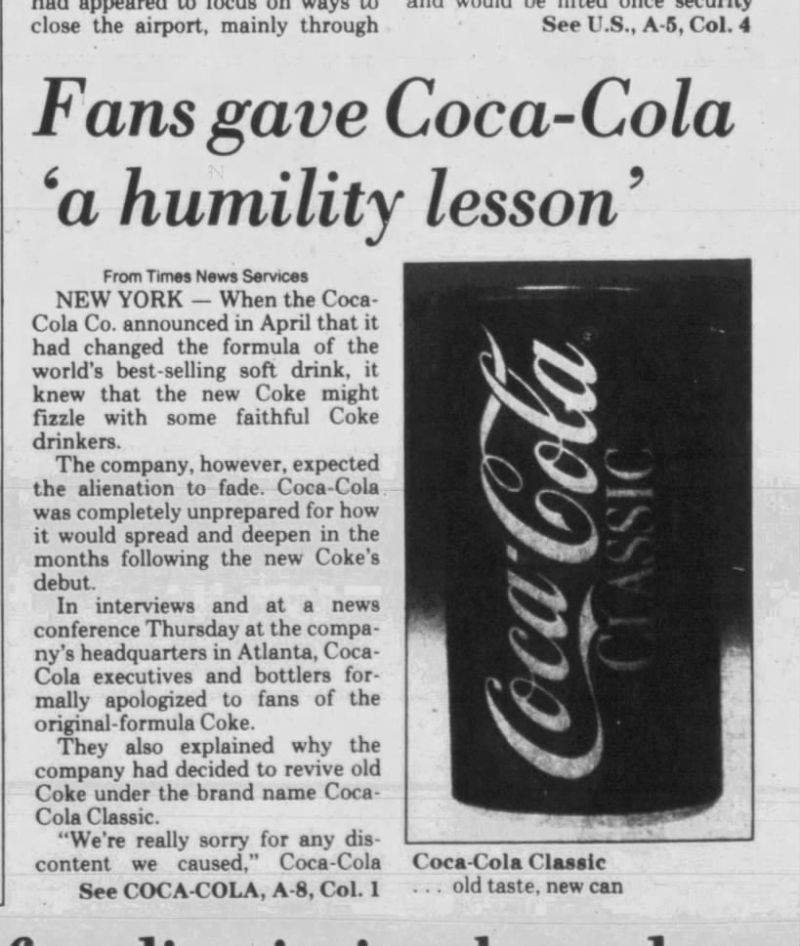This post was inspired by the book “Alchemy” by Rory Sutherland and one of his observations “Solving problems with rationality alone is like playing golf with only one club”
TL;DR: To improve security outcomes:
- Integrate emotional appeals into security awareness programs
- Design security controls based on actual human behavior
- Recognize and account for security decision biases
- Balance technical controls with social and cultural interventions
- Adopt varied approaches to security awareness communication
- Make friends with the marketing team
The Limits of Logic in Human Decision Making
Logic promises clean solutions to messy problems. Yet anyone who has tried to use statistics to convince a passionate sports fan their team deserved to lose, or attempted to resolve a family dispute with cost-benefit analysis, knows firsthand: humans are not primarily logical creatures. Yet we celebrate rationality as our evolutionary advantage. We build impressive structures of reason—mathematical proofs, scientific theories, legal systems—that seem to confirm our status as rational beings. Why then do we consistently make decisions that contradict logical analysis?
Consider three scenarios:
- The smoker who continues despite knowing the statistical risks
- The investor who clings to plummeting stocks against all evidence
- The voter who supports policies that work against their economic interests
These aren’t anomalies; they represent typical human behavior. Even highly analytical individuals regularly make basic reasoning errors when emotions or deeply held beliefs are involved. Our logical limitations aren’t just educational failures—they’re built into our cognitive architecture.
When Statistics Don’t Persuade: Real-world Examples
The shortcomings of purely logical approaches become evident in practical scenarios:
Road Safety Campaigns: Facts alone rarely change behaviour. Communication campaigns often use persuasive components in addition to informative ones, recognising the need to convince the audience about the importance of specific actions and behaviours. These persuasive mechanisms can be rational, emotional, or even unconscious, suggesting that pure logic is only one tool among many. The graph below illustrates the evolution of communication techniques between 1960 and 20211.

Climate Change Communication: Scientific data alone struggles to motivate action, particularly when addressing long-term trends or future projections, which can make it challenging for people to feel a sense of urgency or an immediate need for action. People may struggle to see how abstract scientific findings relate to their daily lives and personal experiences. The most effective climate activism combines facts with stories and values-based appeals. An interesting example from a 2023 research paper2 shows that having one child fewer will have the most significant impact, based on research data. Yet, it was rated the lowest by the research participants.

Product Failures: Products like New Coke failed despite extensive market research because marketers overlooked the emotional and identity components of consumer behavior. People don’t drink cola based solely on taste, but because of how it makes them feel—something they weren’t willing to give up3.

The Neuroscience Behind “Irrational” Choices
Unconscious mental processes drive what we label as ‘irrational’ behavior. Nobel laureate Daniel Kahneman distinguishes between two cognitive systems in “Thinking, Fast and Slow”:
- “System 1”: Fast, intuitive thinking evolved for pattern recognition and threat assessment
- “System 2”: Slow, deliberate thinking capable of logical analysis but requiring conscious effort
Brain imaging studies reveal emotional centers activate before rational cortex regions during decision-making. This suggests emotions drive decisions that logic later justifies. Our seemingly irrational choices often reflect unconscious emotional assessments.
These tendencies aren’t flaws—they’re adaptive features that helped our ancestors survive:
- Overestimating threats: False positives (mistaking wind for danger) cost less than false negatives (missing actual threats)
- Confirmation bias: Maintained essential group cohesion
- Loss aversion: Protected scarce resources
- Pattern recognition: Detected predators despite frequent false alarms
Evolutionary success favored humans who formed quick social bonds, interpreted emotional signals accurately, and made rapid judgments from limited information—not those who made perfectly logical decisions.
The Intelligence of Emotions
Far from being mere disruptions to rational thought, emotions serve as information processors. They rapidly integrate vast amounts of data from personal history, social context, and physical responses that might take logical analysis hours to process.
Consider these emotional capacities:
- The gut feeling warning against a seemingly good deal
- The intuitive sense that someone isn’t trustworthy despite their credentials
- The immediate emotional response to art or music
These represent forms of knowledge that logical analysis alone cannot capture.
Neurologist Antonio Damasio discusses, in his book “Descartes’ Error: Emotion, Reason, and the Human Brain”, the experiences of patients who have damaged emotional processing centers, showing that without emotional guidance, even simple decisions can become paralyzingly difficult. These individuals can analyse options logically but cannot reach conclusions.
Cultural Contexts and Social Pressures
What appears logical in one cultural context may seem irrational in another. Anthropological research shows that rationality itself is culturally defined and varies across societies.
Richard Nisbett’s cross-cultural research shows distinct thinking patterns between cultures4. Western thinking typically isolates objects from their surroundings. Eastern thinking tends to see objects as part of their broader context. Neither approach is inherently more ’logical’—each evolved as an adaptation to different social environments.
Solomon Asch’s conformity experiments revealed that approximately one-third of participants gave clearly incorrect answers when everyone else in their group did5. More recent studies show that going against group consensus activates brain regions associated with emotional distress—a powerful incentive that can overrule logical analysis.
Balancing Heart and Mind: Integrated Approaches
Rather than seeing logic and emotion as opponents, effective problem-solving integrates both. Logic provides structure and testability; emotion provides motivation and meaning.
In contexts requiring social navigation, emotional intelligence often outperforms pure analysis:
- Leadership studies show emotional intelligence predicts performance twice as effectively as IQ or technical expertise
- Medical diagnosticians with high emotional intelligence make more accurate judgments than those relying solely on analytical approaches
- Negotiators trained in emotional awareness achieve better outcomes than those taught only logical bargaining strategies
The most sophisticated decision frameworks explicitly incorporate both emotional and analytical components:
- The military’s OODA loop (Observe, Orient, Decide, Act) combines intuitive pattern recognition with analytical assessment
- Effective financial advisors address clients’ emotional needs and risk tolerance, not just mathematical optimization
- Indigenous knowledge systems like “two-eyed seeing”6 use both traditional wisdom and scientific analysis
The Golf Bag Approach to Problem-Solving
Like a golfer carrying various clubs for different situations—drivers for distance, wedges for obstacles, putters for precision—skilled problem-solvers draw on multiple cognitive approaches.
Complex human challenges rarely yield to single-dimensional solutions:
- Public health initiatives succeed when they combine data analysis with storytelling and community engagement
- Climate solutions require scientific innovation alongside shifts in social norms
- Technological implementations fail when they ignore social and emotional factors, regardless of their logical merit
A 2021 paper discusses the Psychological Technology Adoption Framework P-TAF that consists of 15 factors7, which is a lot of golf clubs we can swing with.
| Psychological Technology Adoption Framework P-TAF | ||
|---|---|---|
| Personality Factors - Innovativeness - Risk Aversion | Attitude Factors - Technology Attitudes - Trust | Social Factors - Social Influence - Subjective Norms |
| Motivation Factors - Personal Incentives - Fear of Technology Failure | Cognitive Factors - Risk Perception - Technical Knowledge - Perceptions of Certainty - Previous Experiences | Organisational Factors - Leadership - Collaboration Culture - Technology Adoption Culture |
The Biases We All Share
Despite our self-image as rational beings, we all regularly commit logical fallacies—not occasionally, but systematically:
- Availability bias: Overweighting information that comes readily to mind
- Anchoring effects: Being unduly influenced by first impressions or initially presented numbers
- Fundamental attribution error: Attributing others’ behavior to their character while explaining our own through circumstances
Most troubling is the bias blind spot—our tendency to recognize biases in others while remaining oblivious to our own. Learning about cognitive biases often increases our ability to spot them in others while maintaining that we ourselves are objective.
Designing for Real Human Behavior
Understanding the limits of logical solutions has profound implications for addressing real-world problems.The most effective policies work with human psychology rather than assuming purely rational responses. The UK’s has achieved remarkable results by designing interventions that account for actual human behavior. Rather than relying on logical arguments about retirement planning, they implemented automatic pension enrollment with opt-out provisions, dramatically increasing participation. The UK’s Behavioural Insights Team, also known as the “Nudge Unit”, has proven similar approaches effective in public health and tax compliance. These successes underscore that effective solutions must address humans as they are, rather than as idealized, rational agents.
Conclusion: The Full Cognitive Toolkit
Human decision-making will never conform to models of perfect rationality. Our cognitive architecture evolved for survival and social navigation, not logical consistency. Our choices emerge from a complex interplay of emotion, intuition, social influence, and rational analysis.
This doesn’t mean abandoning rationality but supplementing it with deeper understanding of human psychology. The most effective approaches integrate logical analysis with emotional intelligence and social awareness.
“Solving problems with rationality alone is like playing golf with only one club” —a self-imposed limitation. The skilled problem-solver, like the skilled golfer, knows when to use each tool in their cognitive bag.
By embracing the full complexity of human cognition, we can develop more effective and sustainable solutions to our most pressing challenges. The path forward lies not in purging irrationality, but in understanding its sources and working with, rather than against, human nature.
References
1. Different ways… same message? Road safety-targeted communication strategies in Spain over 62 years (1960–2021), https://doi.org/10.1016/j.heliyon.2023.e18775
2. Choices for climate action: A review of the multiple roles individuals play, https://doi.org/10.1016/j.oneear.2023.08.006
3. Wikipedia, https://en.wikipedia.org/wiki/New_Coke
4. The influence of culture: holistic versus analytic perception, https://doi.org/10.1016/j.tics.2005.08.004
5. Wikipedia, https://en.wikipedia.org/wiki/Asch_conformity_experiments
6. Institute for Integrative Science & Health (IISH), http://www.integrativescience.ca/Principles/TwoEyedSeeing/
7. Psychological factors influencing technology adoption: A case study from the oil and gas industry, https://doi.org/10.1016/j.technovation.2020.102219